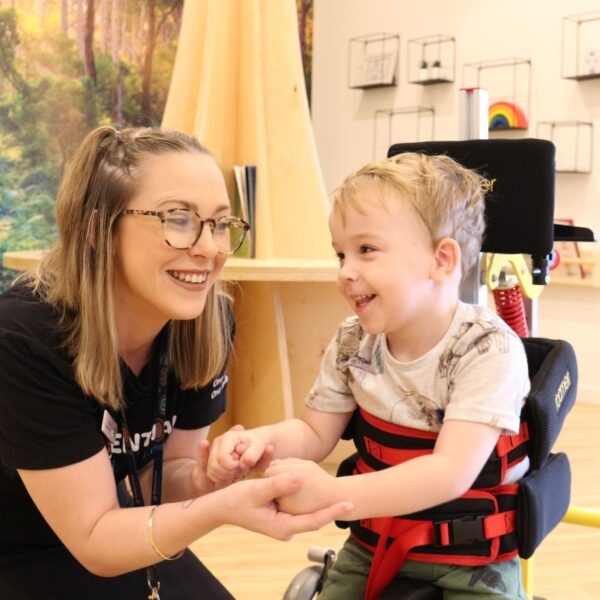Sesame Lane Care and Kindergarten bring in network wide SIPs to build inclusion

Early childhood education and care (ECEC) provider Sesame Lane Care and Kindergarten has 14 services based in the North Brisbane area and recently undertook a 12-month project with Inclusion Support Queensland to raise the standard of inclusive practices across its network. The provider’s vision was for all Sesame Lane Services to complete their approved Strategic Inclusion Plan (SIP) by the end of 2022.
The goal was achieved, and an active SIP is now in place for all 14 services. We spoke with Sesame Lane recently to learn more about the process, lessons learnt along the way, and their advice for other services who are undertaking critical reflection on their inclusion practices.
Sesame Lane acknowledged the support of representatives from Inclusion Support Queensland who provided dedicated assistance through attending leadership team meetings to train and help leaders in the network understand the process of developing SIPs, saying the explicit and ongoing support has aided the provider greatly in its increased inclusion awareness.
Each individual centre worked with Inclusion Support Queensland separately, as each centre had unique needs in terms of location, demographic, environment and children’s needs. All 14 services had children with additional support needs enrolled.
What is a Strategic Inclusion Plan?
A SIP is a self-guided inclusion assessment and planning tool for ECEC services that includes strategies for improving and embedding inclusive practice, in line with the National Quality Standard (NQS). The development of a SIP recognises the current inclusive capacity of a service and outlines the strategies and actions educators will implement to increase this capacity to include all children.
Identifying inclusion needs
Sesame Lane was lucky enough to be part of a pilot, run in conjunction with the Department of Education Queensland, which included a tool called Inclusion Scan and Assess.
Based on the pilot, Sesame Lane developed a capability matrix which measures where services are sitting with regards to inclusion. The matrix is then used to measure inclusion across all of the NQS.
“We work closely with families to ensure that we can overcome barriers to inclusion so that no child is excluded or is unable to participate fully in all programs,” shared Mandy Alborn, Sesame Lane Educational Mentor.
Tips for services struggling with their SIPs
“The most important element is to get the whole team on board,” Ms Alborn said.
“In creating a SIP, the whole team needs to know what’s in it or it can’t be applied or implemented across the whole centre. The team needs to look at what the barriers are within the environment for ANY child, and consider possible ways to take away those barriers.”
Once the team is on board and aware, Ms Alborn encouraged services to contact their local inclusion support provider and have a meeting with an Inclusion Professional (IP).
For more information about Sesame Lane, please visit the website, here.
Popular

Workforce
Practice
Provider
Quality
Research
Supporting successful transitions: Big moves, big feelings
2025-06-26 11:00:30
by Fiona Alston

Quality
Practice
Provider
Research
ECEC in focus - Una Springwood’s intergenerational initiative brings young and old together through connection and care
2025-06-30 10:00:45
by Contributed Content

Provider
Practice
Quality
Research
Aboriginal Education Strategy drives early learning and school success in South Australia
2025-07-01 09:55:12
by Fiona Alston












